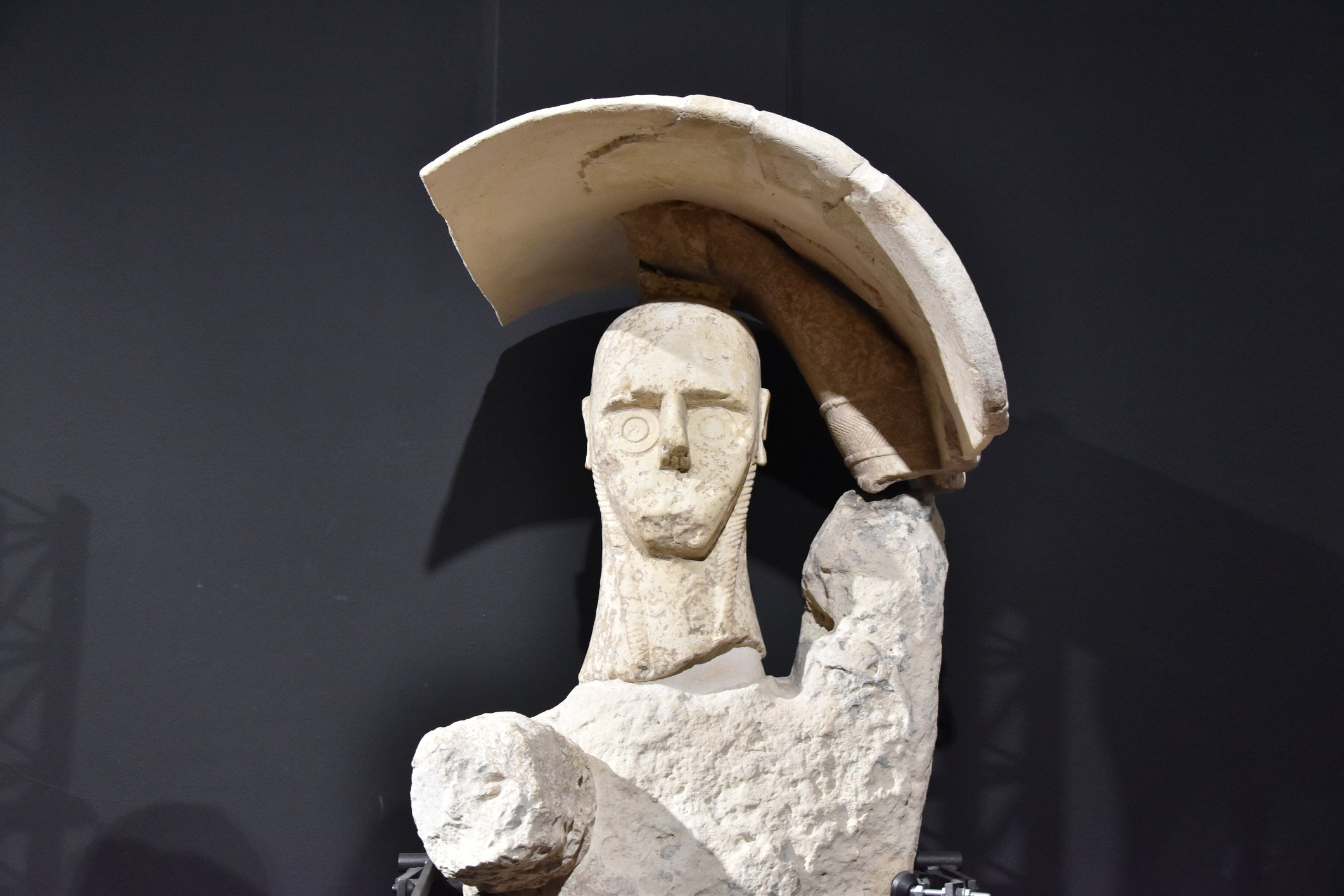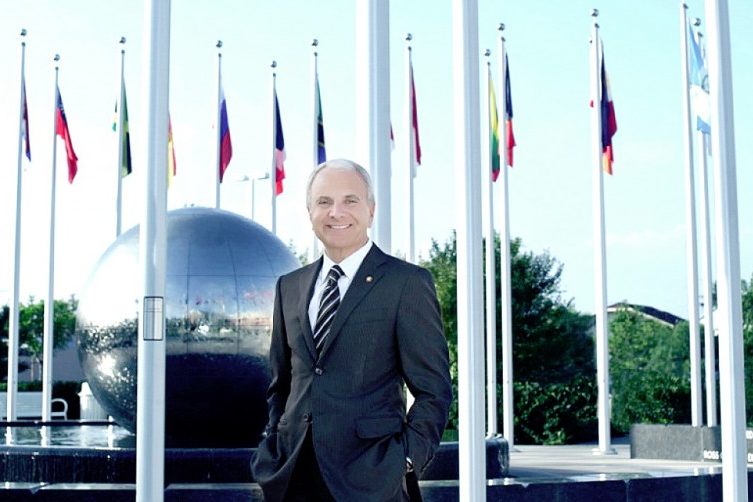Forty years after their discovery, the impressive stone statues known as the Giants of Monte Prama have been restored through a meticulous effort funded by the Italian Ministry of Cultural Heritage and the Sardinia Region. Today, they are finally on view at the National Archaeological Museum in Cagliari, hosting 28 pieces, and at the Civic Archaeological Museum “Giovanni Marongiu” in Cabras, where ten pieces are showcased.
Cabras is a small town in the province of Oristano, in Sardinia, where fragments of the ancient sculptures were accidentally discovered in 1974 by a local farmer tilling the soil on Monte Prama.
The ensuing archaeological excavation, carried out by the Soprintendenza of cultural heritage for Sassari and Nuoro, together with the Soprintendenza of Cagliari and Oristano, recovered about 5000 of those fragments, including parts of sandstone warriors, archers, and boxers. They were reassembled as a huge puzzle to form approximately 40 statues and nuraghe models – megalithic constructions, supposedly tower-fortresses, built in Sardinia during the Nuragic Age (18th century BC to 2nd century AD).
The exact dating of these stunning artworks, created by the Nuragic civilization inhabiting the island, is still uncertain but probably between the 11th and 8thcentury BC. This makes them among the most ancient anthropomorphic sculptures of the Mediterranean area, along with the Egyptian statues and the Greek kouroi.
According to the experts, the site of Monte Prama where the mysterious and fascinating Giants were found was a funerary and monumental area celebrating the Nuragic aristocracy. The area’s size and the remarkable quantity of statues, nuraghe models, tombs, and sacred stones (betyls) suggest a wealthy and technically advanced society, maintaining political and cultural contacts with other Mediterranean populations. The strategic location on top of a hill may also symbolize power over the Island to scare away potential enemies.
The Kolossoi – as the colossal sculptures were named by renowned archaeologist Giovanni Lilliu – were presumably meant to be heroic warriors honoring or defending the graves of leading figures from the community, and therefore they were carved holding their bows or shields. Between 2 and 2.5 meters tall, they show human traits mixed with cryptic symbolism, like the eyes consisting of two concentric circles or the tiny tight mouth.
Many aspects still need to be investigated by historians and archaeologists, but the recovery and restoration of the giant artifacts remain a milestone achievement that sheds light on the ancient history of that geographic area.
The turnout of visitors who attended the openings in Cabras and Cagliari on March 22, 2014, was unexpectedly high. Both exhibitions also feature an innovative multimedia system, provided by the interdisciplinary research center CRS4, that allows a closer look at the sculptures and shows details in 3D and life size.
As undersecretary of the Italian Ministry of Cultural Heritage Francesca Barracciu explained, this is an example of the authorities’ commitment not only to restore Italy’s infinite artistic treasures but also to increase their value and allow them to be enjoyed by national and international tourists.





























